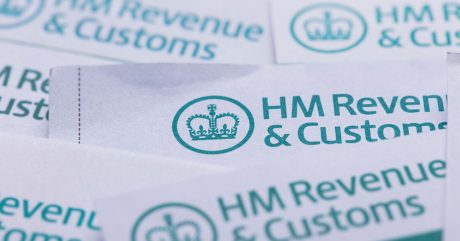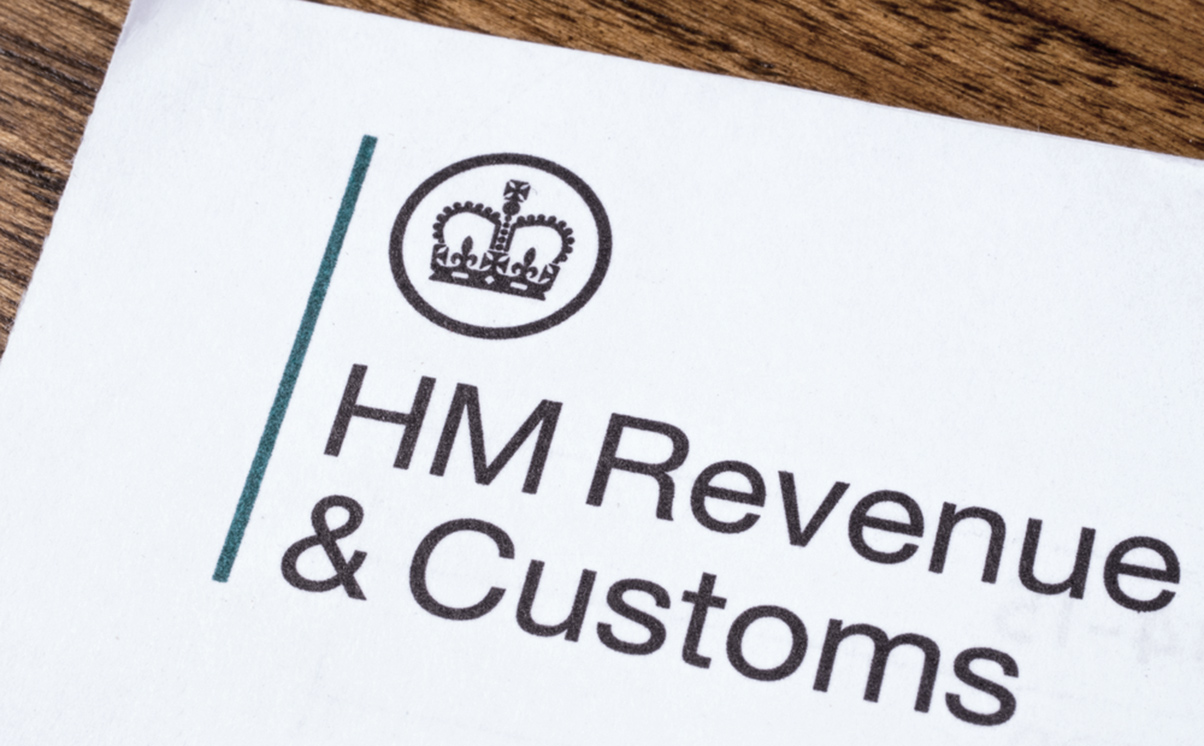With mass-marketed tax products back in the spotlight and under HMRC scrutiny, James Le Gallais and Matthew Greene review how HMRC investigates such products and consider what taxpayers should do in response.
It is important to note that the HMRC process runs on a separate timetable to any civil claims for compensation a taxpayer may have against the promoters or advisers in relation to the product in question. It is not safe to await the outcome of any HMRC action until considering whether there may be a right to bring a claim against promoters or advisers. This could result in claims being time-barred, even if they had good merits.
Once a taxpayer becomes aware there may be an issue with a scheme or product they have invested in, they should seek independent advice as soon as possible.
Nothing in this article is intended as legal advice and should not be relied on as such. Anyone with concerns should consult their advisers on the specific facts of their case.
Identifying an issue with tax schemes
There are several ways in which issues with tax schemes can surface:
- HMRC may write to the taxpayer directly or their accountant with a “nudge letter”. This is a letter sent to a large number of taxpayers that flags a specific issue and may identify involvement in a particular structure or concerns relating to a particular sector. Nudge letters encourage the taxpayer to review their tax affairs and address any problems relating to the issue flagged.
- Alternatively, an issue may be highlighted through a “spotlight” on HMRC’s website. Here, HMRC lists schemes or arrangements it considers to be tax avoidance. A recent example is the spotlight in relation to arrangements designed to mitigate landlords’ liability to tax from rental properties.
- There might be news stories in the specialist or mainstream press about a particular type of tax scheme or arrangements or which raise concerns about particular advisers and promoters.
- HMRC may open an enquiry into a taxpayer’s tax returns. HMRC sometimes describes this as a “check” of your tax affairs. The rules vary between taxes, but HMRC typically has a year after filing the relevant tax return to commence an enquiry. HMRC will use its extensive statutory powers to request information and documents. Some enquiries are routine and random. Others are initiated because HMRC has specific concerns. An enquiry can take years to conclude. At the end of an enquiry, HMRC will decide whether it considers any further tax is due.
- HMRC might issue a discovery assessment. This demand for additional tax often comes as a nasty surprise years after the event when the taxpayer thought their tax affairs were in order. HMRC can issue a discovery assessment where it discovers tax has been underpaid, but it is too late to open an enquiry. Where certain conditions are met, HMRC can issue a discovery assessment up to four years after the tax year in question. This is extended to six years where the underpayment of tax resulted from carelessness and 20 years if there was a deliberate underpayment of tax or a failure to notify HMRC.
What are the stages of an HMRC enquiry?
An HMRC enquiry typically starts with extensive and sometimes onerous requests for information and documents, such as bank statements, accounts, contracts and correspondence. HMRC may issue formal statutory information requests to you and third parties, such as your bank, which carry a penalty for failure to comply.
HMRC will then set out its technical view as to whether any further tax is due and invite responses from the taxpayer. If agreement on the tax position cannot be reached, HMRC will close the enquiry and impose a charge for the additional tax sought. HMRC enquiries can drag on for many years, especially where the issues are complex or affect many taxpayers.
When HMRC investigates a widely marketed tax avoidance scheme, it will often focus on a sample of taxpayers who used it and will take a handful of test cases to the tax tribunal. HMRC typically deals directly with the scheme’s promoter in these circumstances, and most scheme users will have little or no input or visibility about the progress of the enquiry.
How to challenge a decision by HMRC that more tax is payable
If HMRC issues a discovery assessment or charges additional tax after an enquiry, the taxpayer can appeal. There is a strict 30-day time limit for doing so. If the parties cannot reach agreement, the matter will need to be resolved by litigation in the First-tier Tax Tribunal.
HMRC’s approach to settlement
HMRC’s settlement strategy is primarily dictated by the Litigation and Settlement Strategy. This is a formal policy that limits the degree of flexibility HMRC has when it comes to settlement. HMRC will not generally concede disputes that it considers it is likely to win in litigation. HMRC is increasingly open to alternative dispute resolution, but this still operates within the confines of the Litigation and Settlement Strategy.
Legal action against advisors or promoters
If a taxpayer entered into arrangements that do not have their intended effect and additional tax is due, the taxpayer may have a claim against the promoter of the arrangements or their advisor who advised on or introduced the arrangements. There will not be a viable claim in every case, and much will depend on exactly how the product was explained and what was said to encourage the taxpayer to implement the scheme.
Tax products are often sold with the endorsement of a leading tax barrister or King’s Counsel. However, this provides little protection to investors. The barrister will likely have been instructed by the promoters of the scheme, and following this recent Court of Appeal decision, it is unlikely they will owe any legal responsibility to individual investors. It also provides little comfort that the arrangements will ultimately be upheld; the advice will only be as reliable as the information provided to the barrister about the arrangements by the promoters. In some cases, the information is incomplete or based on assumptions about how the arrangements will be operated that are not applied in practice.
Usually, a taxpayer will have six years to bring a claim from the date they entered into the scheme; any longer, and there is a risk the claims will fail because they have been brought out of time. It may take more than six years for any HMRC enquiry to commence and then run its course, so it is not safe to wait until the enquiry has concluded before considering civil claims.
The time limits for claims can be extended for a further three years if investors did not have sufficient knowledge about their claims initially, but the rules are complex and can operate counterintuitively. Again, ending up on the wrong side of the line will mean the claims will be time-barred, even if they have strong merits.
Investors should seek independent legal advice as soon as they become concerned there might be a problem. It is usually possible to take steps to stop time from running, short of issuing a legal claim, to allow, for example, time for HMRC’s enquiries into the scheme to conclude.
Summary
HMRC has several routes to seeking additional tax it thinks is due, often many years down the line. Silence from HMRC does not mean it won’t seek further tax. Taxpayers should not feel comfortable until at least four years have passed and possibly much longer, depending on the circumstances.
If a taxpayer has a potential claim against an adviser, it is vital they protect their position within the civil claim time limits. These are not aligned with HMRC’s time limits for progressing and concluding their enquiries.
You can find further information regarding our expertise, experience and team on our Tax Litigation and Resolution page.
If you require assistance from our team, please contact us.
Subscribe – In order to receive our news straight to your inbox, subscribe here. Our newsletters are sent no more than once a month.






